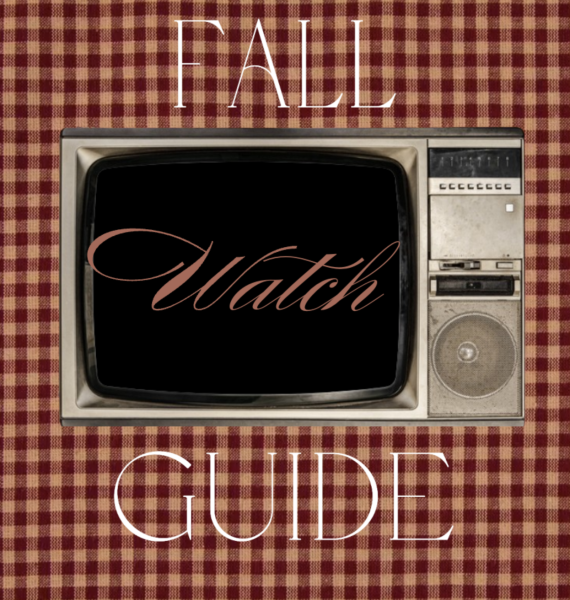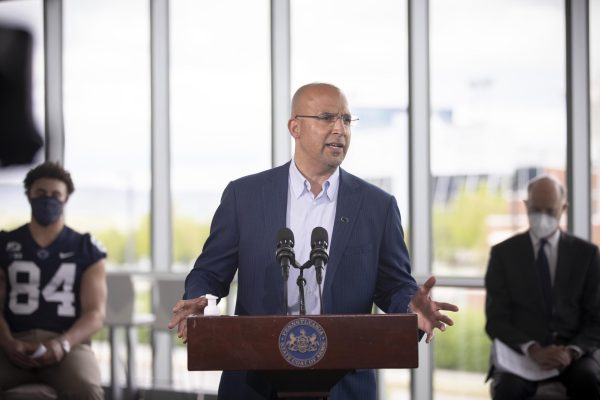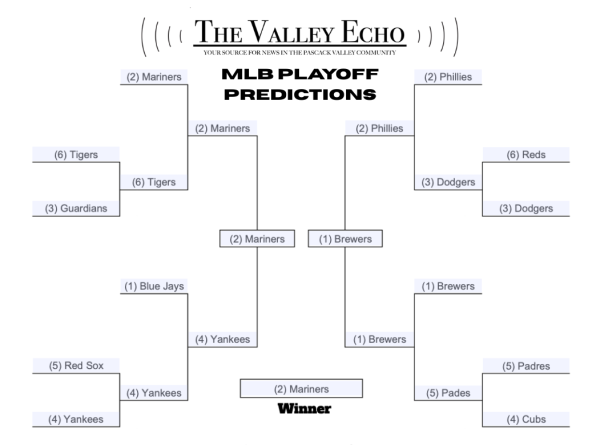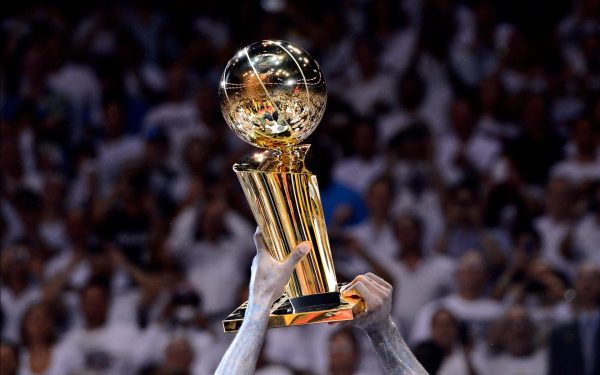‘The Falcon and The Winter Soldier’: A powerful show
Fair use from www.disneyplus.com
Season one of Disney’s Falcon and Winter Soldier was released on March 19 2021. The show follows two former Avengers, Sam Wilson and Bucky Barnes, in their fight to reclaim Captain America’s shield after it was awarded to the “new Captain America”.
I know many of my reviews start off similar to how I’m about to start this one, but hey — some things need to be screamed about.
Sam Wilson is so effortlessly cool; nothing but respect for the Falcon.
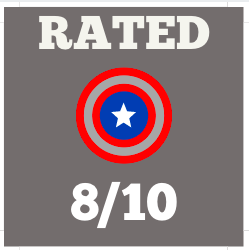
In a post-Endgame setting, Marvel’s United States of America wants to keep up the country’s morale, so it instates a new Captain America to fight around the world. However, this man is an army veteran who fought in Afghanistan named John Walker, not Sam Wilson (the Falcon), who Steve Rogers gave his shield to at the end of Avengers: Endgame.
Feeling this wasn’t right, Sam and Bucky (Bucky, the man who was once frozen in and out of time to be a mind-controlled assassin for the villain group Hydra) take it upon themselves to reclaim the shield, while simultaneously fighting the antagonists who were so boring that I don’t even remember what they were called.
I’ll get my grievances out of the way now, so I can address everything the show did right; I did not care about the villains at all. They were a group created after the Blip occurred and were kicked out of homes they moved into. Granted, these were the homes of the people who were snapped-away 5 years ago in Marvel time, and people didn’t think they would return, so other, non-snapped-away families replaced them — but you don’t hear about this motivation until a few episodes in, and even then, it is mentioned as an offhand comment and is barely explored. I need more to sympathize with!
Their motto was “One world, one people,” but then they resorted to violence and hurt other people??? That’s dumb.
Additionally, I know fight scenes are Marvel’s favorite, but I’m getting bored of them. I mentally checked out when punches were thrown too early in the series, and only tuned back in when I knew the fights would be important in the latter half of the series.
Anyway! Now for the good stuff.
I like how Marvel is addressing much more realistic topics now — namely PTSD and race. First, Bucky Barnes (the once-Winter Soldier and World War II veteran) goes to therapy. Finally! A Marvel character, one of many who has fought in some kind of war, lost his comrades, and definitely has trauma, got help! Something many people can relate to!
In such therapy scenes, there were some interesting cinematic choices; the shots were close-ups of the therapist and Bucky’s heads, representing how they’re both trying to get in each other’s heads and understand each other.
Marvel also addresses how racism still exists in a world with superheroes (like when Sam was approached by two white cops when he was just walking the street with Bucky and they happened to get into an argument, and when Sam and his sister, Sarah, were denied a loan from the bank). It goes to show that, even in the Marvel Cinematic Universe, where though many of Marvel’s antagonists are CGI beasts, these problems still occur. Strange how a fantasy world can be so realistic.
Some other small things before I conclude: I love Sam’s development as a character— he’s been a side character for so long and it’s great to see him take the reins of the future of the MCU. Also, it’s odd to hear Bucky say more than a few lines.
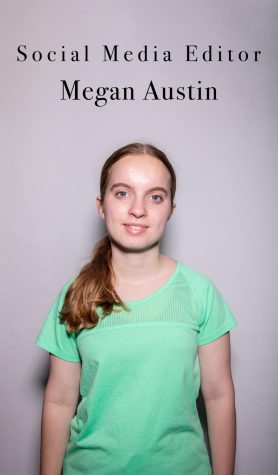
Megan Austin is the Social Media Editor for the Valley Echo, Pascack Valley High school’s student publication and has been for three years. She frequently...




